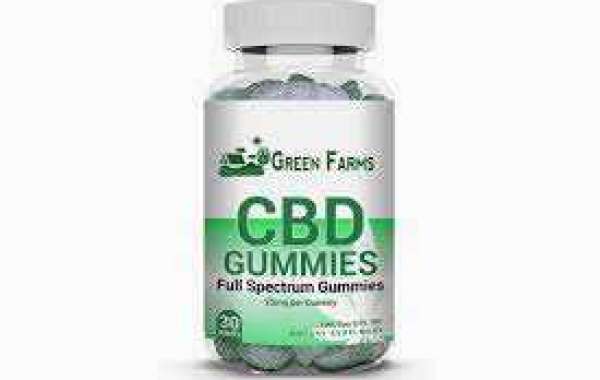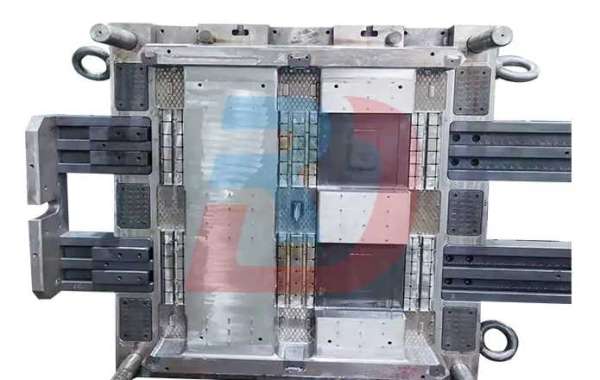They provide valuable information about the number and types of atoms present in a molecule, helping chemists understand the substance's properties and behavior. So, if you're wondering how to find molecular formulas, you're in the right place. In this guide, we'll unravel the mystery of molecular formulas and explore the steps to discover them.
What is a Molecular Formula?
Before we dive into the process of finding molecular formulas, it's crucial to understand what they represent. A molecular formula is a concise notation that shows the types and quantities of atoms present in a molecule. It tells you how many atoms of each element are combined to form a single molecule of a compound.
For example, the molecular formula of water (H2O) indicates that each water molecule consists of two hydrogen atoms (H) and one oxygen atom (O). This information is essential for understanding the composition of compounds and predicting their chemical behavior.
Steps to Find Molecular Formulas:
Now, let's explore the step-by-step process of how to find molecular formulas for various compounds.
Step 1: Determine the Compound's Empirical Formula
The empirical formula represents the simplest whole-number ratio of the elements in a compound. It doesn't provide the exact number of atoms but gives you an idea of the element's relative proportions. Finding the empirical formula is the first step in determining the molecular formula.
Here's how to find the empirical formula:
Analyze the compound's composition to determine the percentage by mass of each element present.
Convert the percentages to moles to determine the mole ratio of the elements.
Divide all the mole ratios by the smallest mole ratio to obtain whole numbers.
For example, consider a compound with 40% carbon (C), 53.3% oxygen (O), and 6.7% hydrogen (H). After converting the percentages to moles and simplifying the ratios, you find that the empirical formula is CH2O.
Step 2: Calculate the Compound's Molar Mass
The molar mass of a compound is the sum of the atomic masses of all the atoms in one molecule of the compound. To find the molar mass, you'll need to know the atomic masses of the elements involved.
For example, in the empirical formula CH2O, the molar mass can be calculated by adding the atomic masses of carbon (12.01 g/mol), hydrogen (1.01 g/mol), and oxygen (16.00 g/mol):
Molar Mass = (1 × 12.01 g/mol) + (2 × 1.01 g/mol) + (1 × 16.00 g/mol) = 30.03 g/mol
Step 3: Determine the Molecular Formula
To find the molecular formula, you need to know the compound's molar mass and the empirical formula. The molecular formula is a multiple of the empirical formula, and the multiple is determined by comparing the molar mass of the compound to the molar mass of the empirical formula.
Here's how to calculate the molecular formula:
Divide the molar mass of the compound by the molar mass of the empirical formula:
Molar Mass of Compound / Molar Mass of Empirical Formula
The result is a whole number, which represents the multiple.
For example, if the molar mass of the compound is 60.06 g/mol, and the molar mass of the empirical formula CH2O is 30.03 g/mol, then:
Multiple = (60.06 g/mol) / (30.03 g/mol) = 2
Multiply the subscripts in the empirical formula by the multiple to obtain the molecular formula:
Molecular Formula = (CH2O)2 = C2H4O2
Conclusion:
Finding molecular formulas is an essential skill in chemistry that helps chemists understand the composition and structure of compounds. By following the steps outlined in this guide, you can determine the molecular formula of various compounds based on their empirical formulas and molar masses. This knowledge provides valuable insights into the properties and behavior of substances, making it a fundamental tool in the study of chemistry. So, go ahead and unlock the secrets of molecular formulas to unravel the mysteries of chemical compounds.










